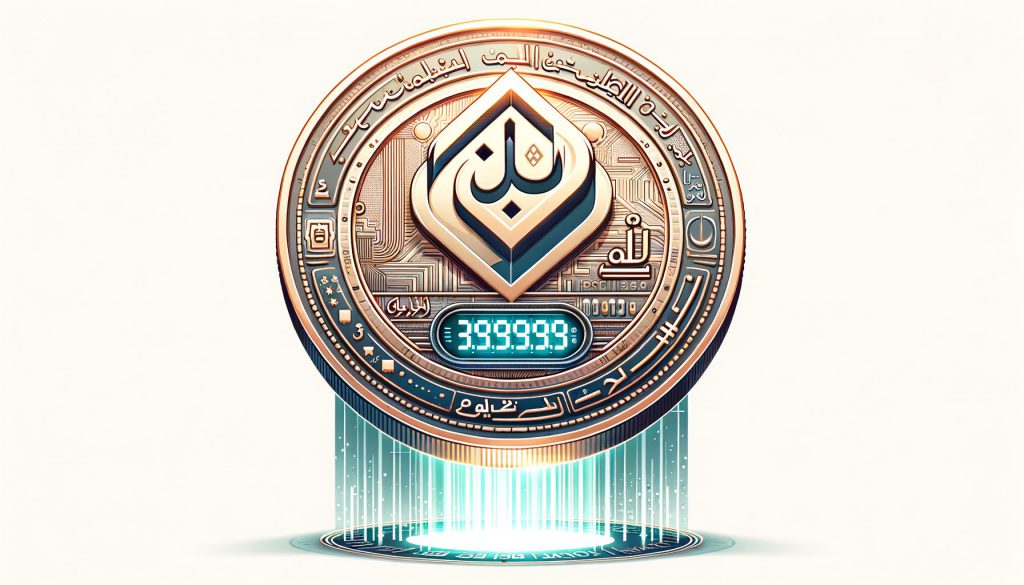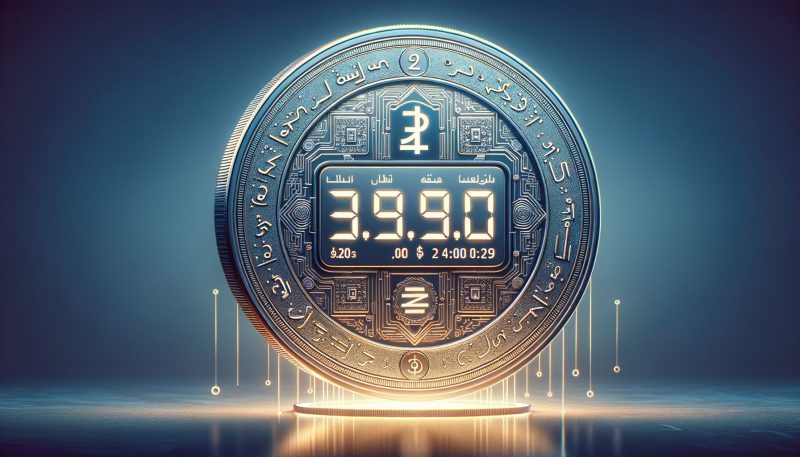The creator of the biggest stablecoin in the world, Tether, said that it will work with Phoenix Group, an Abu Dhabi-listed cryptocurrency conglomerate, to launch a stablecoin correlated with United Arab Emirates dirham (AED).
The unnamed stablecoin will be added to Tether’s current stablecoin roster, which already includes coins based on the Euro (EURT), US Dollar (USDT), Chinese Yuan (CHNT), and Mexican Peso (MXNT).
Also Read: Can Binance Coin (BNB) Hit $700 In September 2024?
Key Highlights of the New Stablecoin


Boosting Digital Representation of AED
It should be noted that the latest collaboration could boost the digital representation of AED. The stablecoin will be backed entirely by “liquid UAE-based reserves.”
Tether stated that its Dirham-pegged stablecoin will provide a safe and practical means of utilizing AED in the digital realm. It also caters to those who want to make international trade and remittances more efficient.
CEO’s Statement
Speaking about the same, Paolo Ardoino, CEO of Tether, further said:
“ We’re pleased to announce this initiative to develop Tether’s Dirham-pegged stablecoin, adding to our range of stablecoin options. Tether’s Dirham-pegged stablecoin is set to become an essential tool for businesses and individuals looking for a secure and efficient means of transacting in the United Arab Emirates Dirham whether for cross-border payments, trading, or simply diversifying one’s digital assets.”
Also Read: Second Solana ETF Receives Green Signal In Brazil As US Lags Behind
Tether’s Market Reach
Tether’s USDT is currently the largest stablecoin, with a market value of $117 billion. According to the firm, stablecoins have a worldwide market worth $150 billion, with USDt dominating the space.
By 2028, this industry is expected to rise to $2.8 trillion. Seyed Mohammad Alizadehfard, Co-Founder and Group CEO of Phoenix Group, further added:
Also Read: U.S. Dollar Falls To New Lows as Local Currencies Rise
“We are thrilled to be working with Tether on bringing a UAE Dirham-pegged stablecoin to the market and are confident of its potential in transforming the digital economy for users across the region and beyond.”





